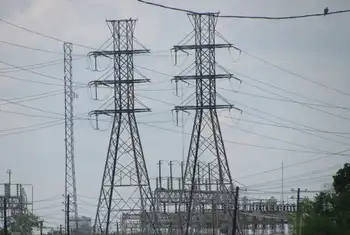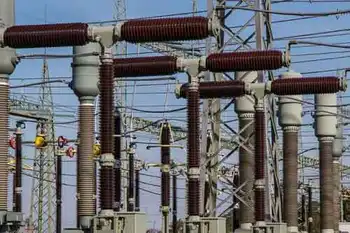Dairying forcing up power demand; electricity growth
SOUTH ISLAND, NEW ZEALAND - New Zealand's seemingly inexhaustible appetite for electricity is being driven by the growth of dairy farming, particularly in the South Island.
The national demand for electricity is growing by between 2.5 and 3 per cent a year, the equivalent of about 300 megawatts (MW), or enough to power a city the size of Dunedin for about 18 months.
By 2030, New Zealanders are predicted to be using about 40% more electricity than the 36.9 million megawatt hours (MWh) they consumed in 2005.
However, estimates of demand in the dairying sector, including both dairy farms and processing operations, are outstripping that, with a 42% increase on the 807,375 MWh used just to make dairy products expected by 2025, and predictions of a more than a 50% rise in total demand by 2030.
Dairy giant Fonterra and its 13,000 shareholders alone buy 1.56 million MWh of electricity a year, equal to 5% of the national load, making Fonterra the country's second largest power user behind Comalco's Tiwai Point aluminium smelter. Of that total, 960,000 MWh is used by its processing plants and 600,000 MWh by dairy farms.
State-owned electricity generator and retailer Meridian Energy said the dairying boom was changing South Island electricity consumption patterns significantly. Spokesman Alan Seay said massive irrigators and equipment-intensive dairy farms were big users of electricity, as was dairy processing.
"Dairying is one of the main contributors to the fact that electricity demand for places like Otago and Southland has been growing faster than in Auckland.
"To a certain extent it is changing the traditional pattern of low summer (power) use in the South Island."
Cows are usually "dried off" during the autumn in preparation for calving in spring, with milk production peaking around the end of December or early in January.
Seay said the electricity requirements of the dairy industry were an important factor propelling Meridian's South Island development programme, including its proposed Project Hayes windfarm on the Lammermoor Range in Otago and the North Bank Tunnel project along the Waitaki River.
TrustPower spokesman Graeme Purches said irrigation had pushed up demand wherever it was used. "In places like Southland and Canterbury, and even on the West Coast, dairying has had a huge impact.
"But it's created employment and wealth - it's just natural growth. I don't think anyone would say let's give away dairying because it uses so much power. One of the biggest challenges faced by all the retailer-generators is trying to convince Mainlanders they don't generate power for the whole country any more."
Related News

Quebec shatters record for electricity consumption once again
MONTREAL - Hydro Quebec says it has once again set a new record for power consumption as extreme cold grips much of the province.
An extreme cold warning has been in effect across southern Quebec since Friday morning, straining the system as Quebecers juggle staying warm and working from home.
Hydro Québec recorded consumption levels reaching 40,300 megawatts as of 8 a.m. Friday, breaking a previous record of 39,000 MW that was broken during another cold snap on Jan 11.
The publicly owned utility is now asking Quebecers to reduce their electricity consumption as much as possible today and tomorrow, predicting earlier in…




